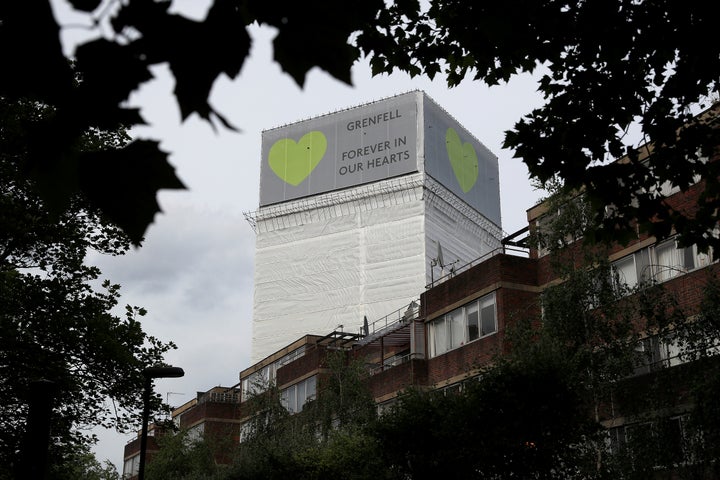
The Secretary of State for Housing, Communities and Local Government James Brokenshire announced on Thursday that the government will ban the use of combustible cladding on new buildings above 18metres. This follows widespread concerns over revelations that a high number of buildings with combustible materials have still not being identified. It is appalling that we are now 17 months on from the Grenfell Tower fire and lessons still have not been learnt.
New details of the Conservative’s cladding ban, combined with industry projections of the number of at-risk buildings which have not been identified, mean that it is unlikely the government’s reforms will go far enough to prevent another Grenfell.
This may look like a positive step, but the details of the ban barely begin to address the risk posed to many vulnerable communities across the UK. Not only is the ban restricted to specific building types, but also the ban will not be enforced retrospectively and will only apply to new buildings or refurbishments.
Alongside refusing to address the threats posed by faulty fire regulations, the government has displayed a worrying lack of urgency in removing dangerous cladding. The Tories have repeatedly kicked the issue into the long grass by consulting on self-evident policies, as if they are hoping their delaying tactics will diffuse the justifiable public anger following the fire.
There are hundreds of buildings wrapped in highly combustible materials, but the government remains alarmingly indifferent. Their superficial approach is illustrated by the Conservative housing minister Kit Malthouse, who admitted that they do not even collect information on buildings which have types of dangerous cladding and insulation other than the specific type of ACM cladding. This demonstrates a complete disregard for the public’s safety, as the government is only offering a restrictive reform which continues to leave people sleeping and working in hazardous buildings.
Figures released by Rockwool this week identify around 2,372 existing high rises or high-risk projects which use rain screen cladding systems similar to that used on Grenfell Tower. Rockwool estimate that before the Grenfell Tower at least 90% of these projects had combustible insulation installed and a large majority incorporated combustible cladding. Of these buildings the government has only identified 457 high rise buildings with ACM cladding, which effectively ignores the life-threatening fire risk of buildings with other types of combustible cladding and insulation.
The government’s half-hearted ban also does not cover many existing high-risk buildings and those under 18metres. The government’s proposals would apply to less than half of the 1,065 high-risk projects which have rain screen cladding systems installed. Many vulnerable people in hospitals, nursing homes, sheltered housing projects, university and school buildings are put in danger by the government’s apathetic approach.
The government’s approach is too narrow and has completely miscalculated the threat posed to communities across the UK. It overlooks the flawed deregulated system which has allowed a combination of combustible materials to be installed on high rise and high-risk building. The central aim of a government which prioritises public safety would be to remove all combustible materials from residential and high-risk buildings. Instead, the Conservatives’ response has been criticised by the Equality and Human Rights Commission for failing to protect its citizens.
For lessons to be learnt from Grenfell, there must be a robust regulatory framework that ensures the safety of those in high-risk and high-rise buildings. Substantial fire regulatory reform is needed, not this government’s empty rhetoric and tinkering around the edges.
Karen Lee is the shadow fire minister and Labour MP for Lincoln
CORRECTION: This blog previously stated the ban applied to “one type of combustible cladding (ACM cladding)”. This is incorrect and has been updated.
